Would you like to experience the charm of Kumano Hayatama Taisha, a mystical sacred place in Japan?
This article provides a detailed introduction to Kumano Hayatama Taisha Shrine, located in Shingu City, Wakayama Prefecture, covering its history, significance, architectural style, and the blessings it offers.
We will explore the multifaceted appeal of Kumano Hayatama Taisha Shrine, including its connections to the Kumano Kodo and the Kumano Sanzan, the deities it enshrines.
Discover the charm of Kumano Hayatama Taisha, a blend of magnificent nature and sacred space.
Overview of Kumano Hayatama Taisha Shrine
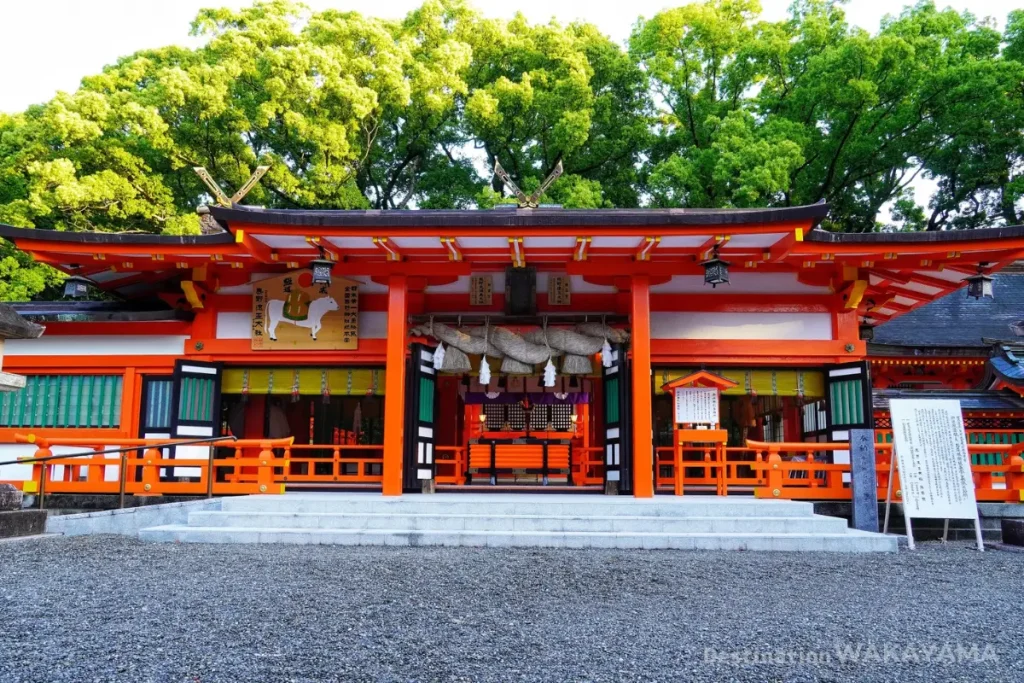
Location and History of Kumano Hayatama Taisha
Kumano Hayatama Taisha Shrine is situated in Shingu City, Wakayama Prefecture, near the Kumano River. Its history is ancient, dating back to the time of Japanese mythology.
As one of the three Kumano shrines, it has thrived as a center of worship since ancient times. During the Heian period, it was especially popular among the imperial family and nobility who visited seeking its miraculous powers.
- Kumano Hayatama Taisha shrine
-
Shigu 1, Shingu city, WAKAYAMA
-
Importance of Kumano Hayatama Taisha
Kumano Hayatama Taisha Shrine holds a significant place in Japanese religious culture. Together with Kumano Hongu Taisha and Kumano Nachi Taisha, it forms the core of the Kumano faith, attracting pilgrims from across Japan who seek its mystical powers and blessings.
The shrine is also a UNESCO World Heritage Site as part of the “Sacred Sites and Pilgrimage Routes in the Kii Mountain Range,” recognizing its cultural and historical value on an international level.
Relationship Between Kumano Kodo and Kumano Sanzan
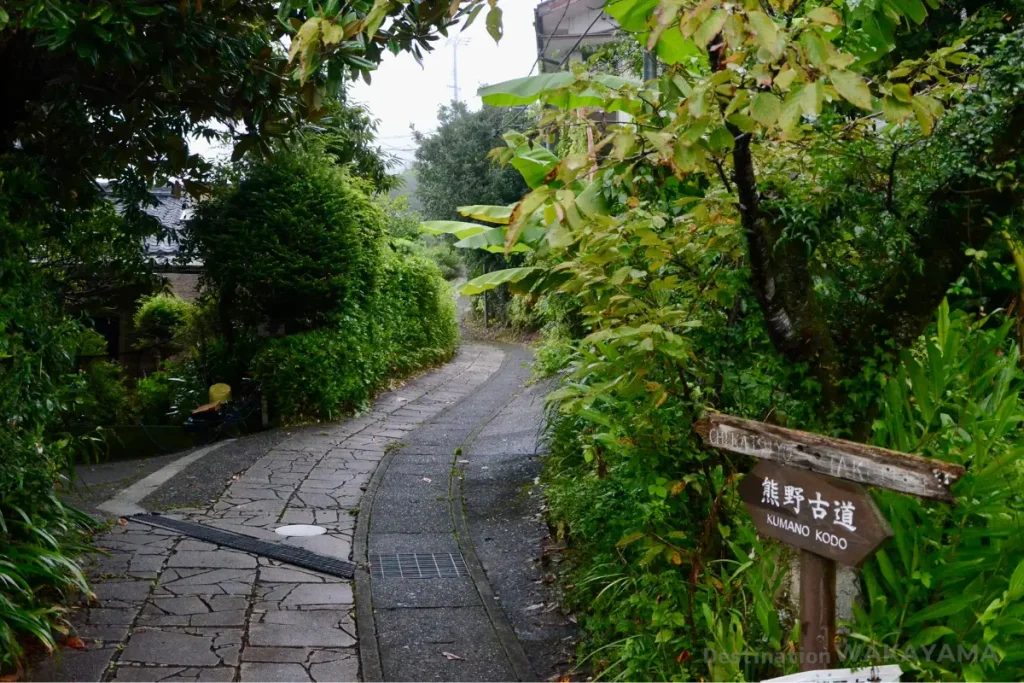
The Kumano Kodo is an ancient pilgrimage route that people traveled from ancient to medieval times to visit the Kumano Sanzan.
Kumano Hayatama Taisha Shrine was a key destination for these pilgrims. The route, passing through rugged mountains and beautiful forests, was believed to purify the mind and body and bring one closer to the sacred land of Kumano.
Even today, many hikers and pilgrims visit this trail to experience its history and natural beauty.
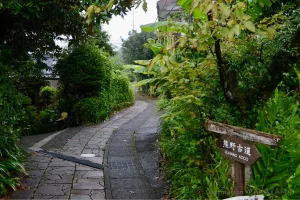
Gods and Blessings of Kumano Hayatama Taisha Shrine
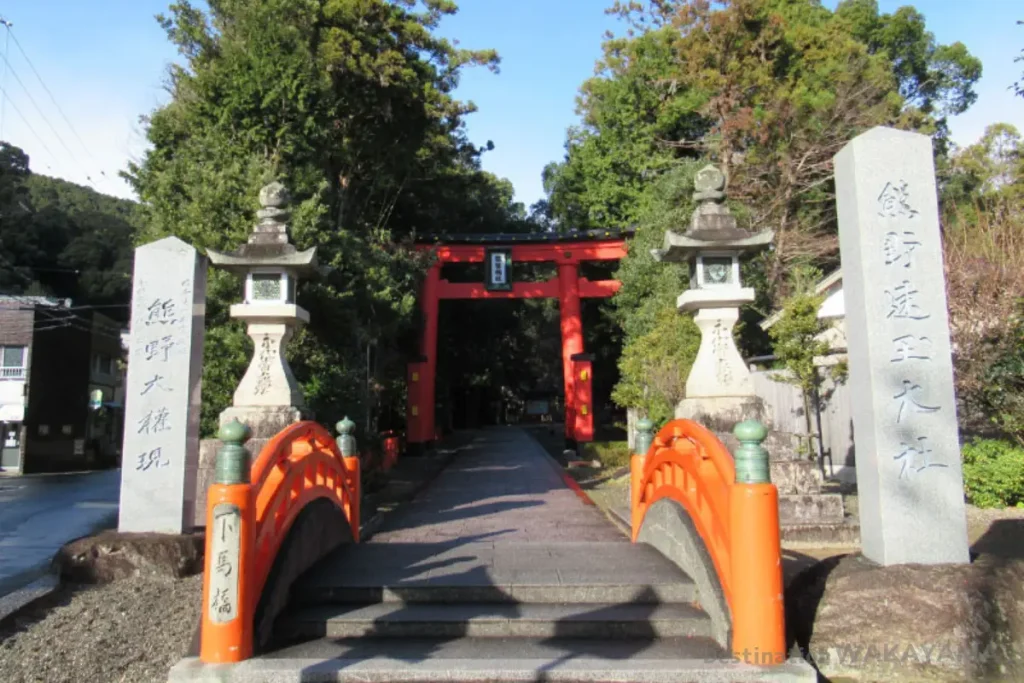
Main Enshrined Deities and Their Mythology
The main deities enshrined at Kumano Hayatama Taisha Shrine are Kumano Hayatama no Okami (Izanagi no Mikoto) and Kumano Fusumi no Okami (Izanami no Mikoto), a divine couple. In Japanese mythology, Izanagi and Izanami are significant figures, known for creating many gods.
Near Hayatama Taisha Shrine, Kamikura Shrine enshrines a massive rock called Gotobiki Rock, where the three Kumano deities are said to have first descended. The rituals were moved from there to the current site, giving rise to the name “Nimiya” for the shrine.
Specific Blessings
Kumano Hayatama Taisha offers a wide range of blessings.
Hayatama no Okami symbolizes flourishing divine power and rapid spiritual growth, while Fusumi no Okami represents union and is revered as the deity who bestows the divine virtues that create and nurture all things.
They are believed to grant various wishes, including prosperity, peace, disaster removal, good marriages, safety at sea, and recovery from illness.
The grounds feature a natural monument, a 1,000-year-old Nagi tree, whose symmetrical leaves are said to bring harmony to married couples.
Architectural Features and Highlights of Kumano Hayatama Taisha Shrine
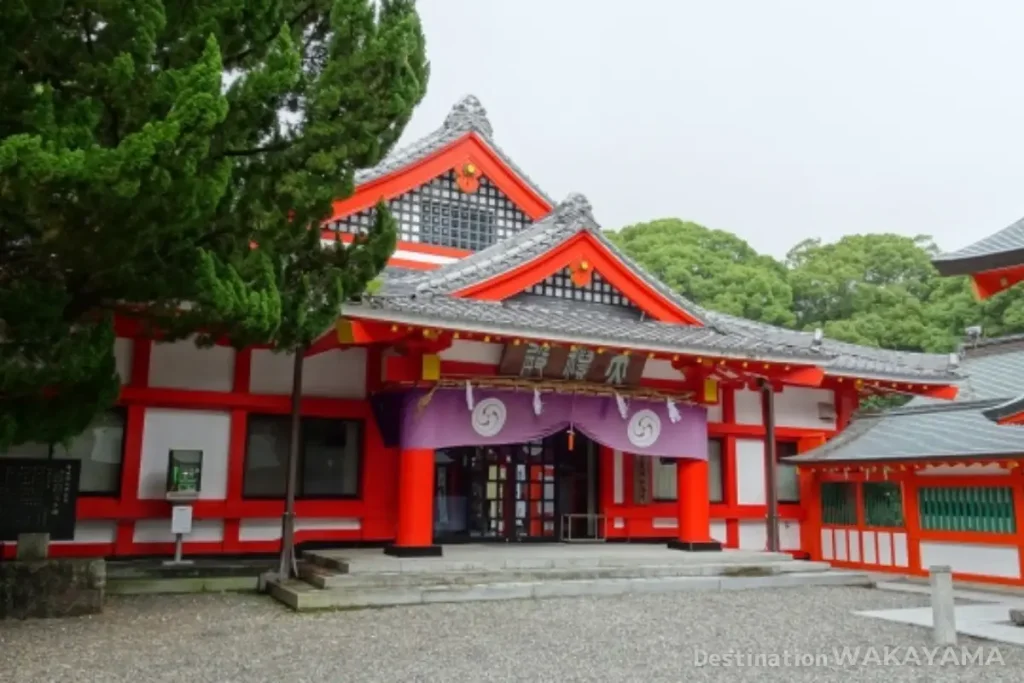
Architectural Style
The architectural style of Kumano Hayatama Taisha follows traditional Japanese shrine architecture, featuring a cypress bark roof with beautiful curves and textures that captivate visitors. The entire precinct is designed to harmonize with nature, with careful attention to the layout and design of the buildings.
Major Buildings
The shrine grounds include significant structures such as the main shrine, worship hall, and shrine gate. The main shrine is a sacred space adorned with beautiful carvings and decorations. The worship hall, where visitors offer prayers, is spacious and solemn. The impressive shrine gate at the entrance welcomes visitors.
Highlights of the Temple Grounds
Kumano Hayatama Taisha Shrine has many attractions, including statues of Yatagarasu and sacred trees, that convey a sense of history and tradition. The sacred Nagi tree, over 1,000 years old, is particularly notable for its massive presence and sacred atmosphere, drawing many pilgrims to offer prayers.
Kamikura Shrine and Gotobiki Rock
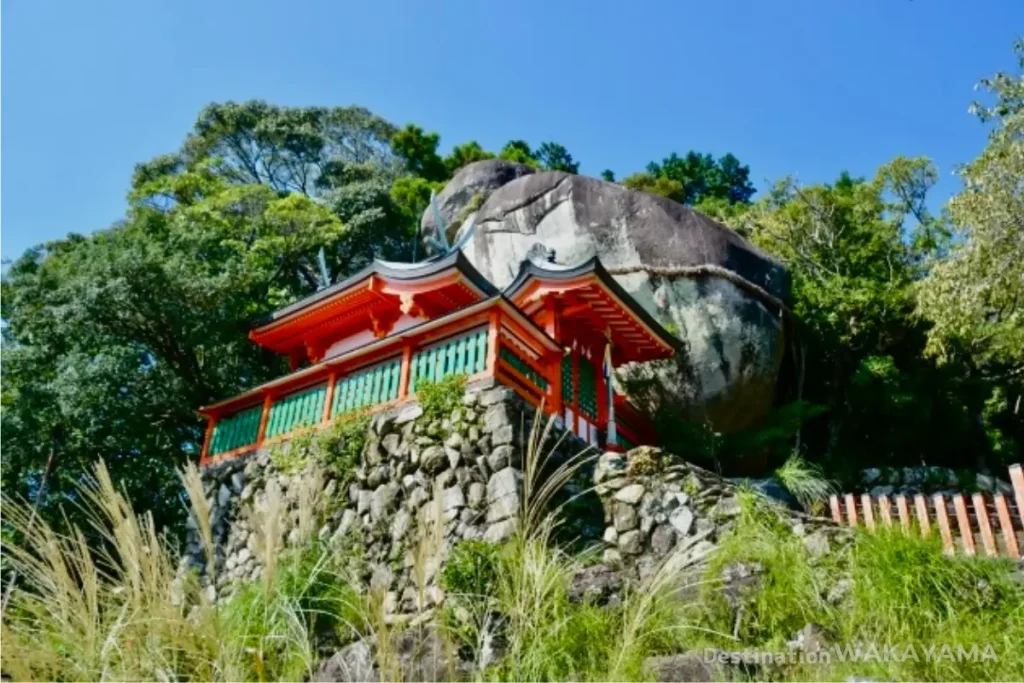
Near Kumano Hayatama Taisha is Kamikura Shrine, the original site of Hayatama Taisha.
The shrine’s sacred atmosphere is unique, with Gotobiki Rock, a 10-meter-high boulder that has stood watch over Shingu City for about 2,000 years, believed to possess mysterious powers and surviving even major earthquakes.
Reaching Kamikura Shrine requires climbing 538 steep stone steps, a journey considered a religious practice. The shrine is also known as a power spot, believed to bring good fortune and longevity.
Every year on February 6th, the unique “Oto Matsuri” festival is held, attracting many worshippers.
Access to Kumano Hayatama Taisha

Transportation from Major Stations
Kumano Hayatama Taisha Shrine is accessible on foot from Shingu Station on the JR Kisei Main Line, about a 15-minute walk.
If traveling by Shinkansen, take the limited express “Kuroshio” from Shin-Osaka Station to Kii-Tanabe Station, then transfer to the JR Kisei Main Line to Shingu Station. Alternatively, you can take the limited express “Nanki” from Nagoya.
Nearby Tourist Attractions
There are many tourist attractions around Kumano Hayatama Taisha. You can visit other Kumano Sanzan shrines, such as Kumano Hongu Taisha and Kumano Nachi Taisha, each with its own history and charm. Additionally, the area offers activities like rafting on the Kumano River and visiting historical buildings like Seigantoji Temple. Shingu City also has hot springs where you can relax after your visit to the shrine.
Kumano Hayatama Taisha is an enchanting place where history, nature, and beautiful architecture come together. A visit will allow you to experience the greatness of Japan’s traditional culture and nature.






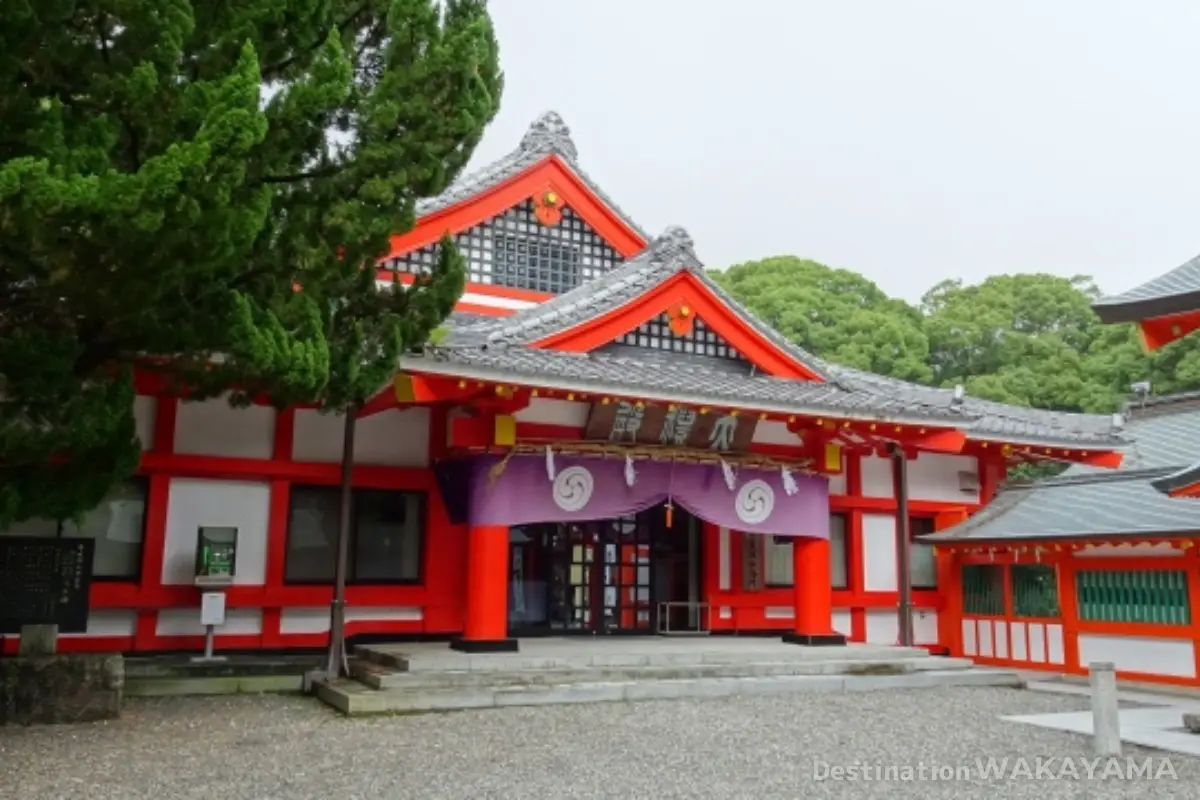

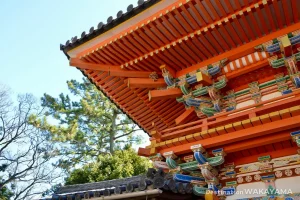
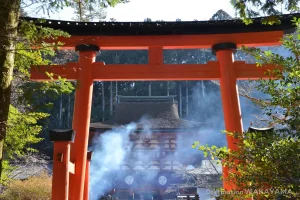
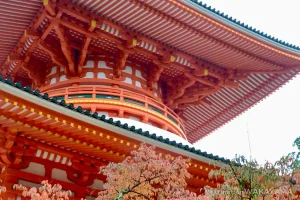
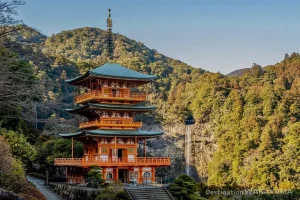
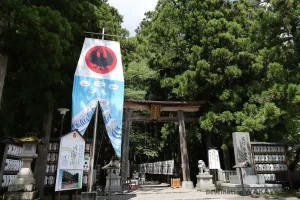
Comments